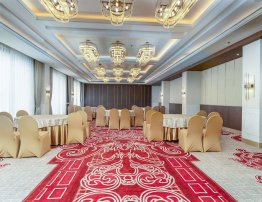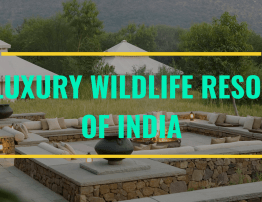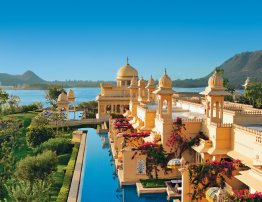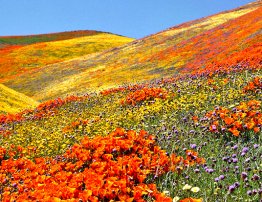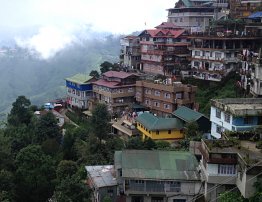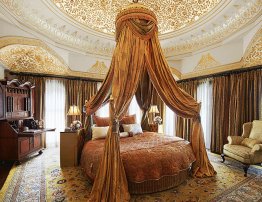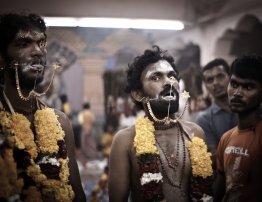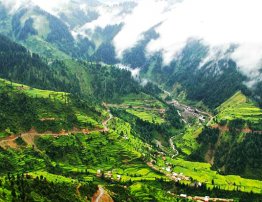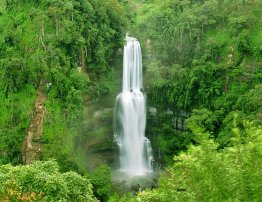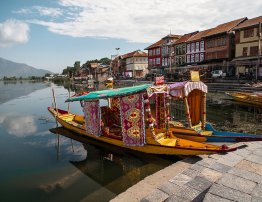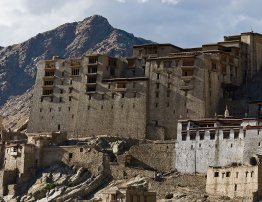Ajmer
Introduction:
Ajmer, located in the Ajmer District of Rajasthan is the 5th largest city of the state, and is located at a distance of 135 km from the capital city of Jaipur. It was formerly known as Ajmere or Ajaymeru. The city is flanked by the Aravalli Ranges. One of the oldest hill forts of the country, Taragarh Fort, guards the city of Ajmer. The city was founded by Ajayraj Singh Chauhan in the late 7th century A.D., and was ruled by the Chauhan dynasty for several decades, with Prithviraj Chauhan being one of the most popular rulers. Today, Ajmer is a popular pilgrimage centre for the Muslims as well as Hindus.
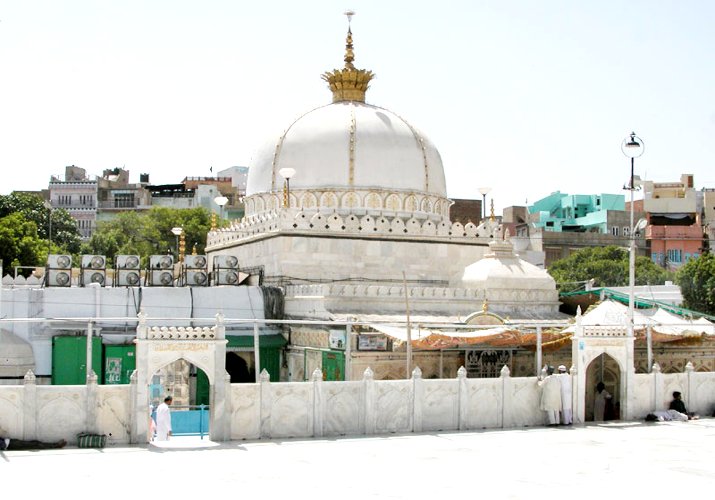
Photo Credit: Zakir Naqvi
Destination Facts:
Location: Rajasthan, District Ajmer
Altitude: 486 Meters
Area: 8481 Sq. Km.
Temperature: (summer 29 to 38°C) & (winter 5 to 23°C)
Languages spoken: Rajasthani, Hindi, Urdu, English, Sindhi
Getting there:
Nearest Airports: Sanganer Airport at Jaipur (130 kms) is the closest airport.
Main Railway Station: Ajmer Junction is the closest station connected to Delhi, Mumbai, Jaipur, Ahmedabad and Jodhpur.
Main Bus Station or Road: Ajmer is connected by road to Delhi, Jaipur and Jodhpur.
Distance of a few Major Towns from Ajmer:
Jaipur(184 kms), Kota (190kms), Udaipur (274kms), Jaisalmer (439kms)
Places of Tourist interest:
Dargah Khwaja Sahib:
It is the landmark of Ajmer and one of the holiest of Muslim shrines in the country. It has a secular appeal and revered by people of all sects. Khwaja Moin-ud-din Chisti, a Sufi saint from Persia made this place his abode from 1192 till he died in 1236 AD. Mughal King Humayun completed the construction of the shrine.. The mystic atmosphere inside the holy shrine is suffused with serenity, sanctity and spirituality.
Nasiyan Jain Temple:
The red temple is a Digambar Jain temple which has a double-storey hall adjacent to the main temple. The hall displays a series of large gold plated wooden figures depicting legends from Jain mythology. The entire hall is richly adorned by glass mosaic, precious stones, gold and silver work. The temple is also popularly called Soni Ji Ki Nasiyan.
Adhai-Din Ka-Jhonpra:
This is a masterpiece of Indo - Islamic architecture. As legend goes, it was constructed in two and a-half days (Adhai-Din). It is a relic of an old mosque consisting of a quadrangle with a front screen wall of seven pointed arches. The distinct pillars and arched screen with its ruined minarets make it a splendid architectural masterpiece.
Taragarh Fort:
Almost a 30 mins climb beyond the Adhai-Din-ka-Jhopra, this fort is perched on the Taragarh Hill and offers excellent views of the city. The fort was the site of the military activity during the Mughal period and later used as a sanatorium by the British troops stationed at Nasirabad. The fort walls are carved with stone sculptures of elephants and houses a large canon, huge stone water reservoirs and a tomb dedicated to the warrior Miran Saheb.

Taragarh Fort
Lakes:
Among the most popular lakes and picnic spots is the Ana Sagar Lake, an artificial lake named after Anaji Chauhan. The catchments and adjoining parks are popular hangouts. Foy Sagar Lake is another artificial lake located outside the town.

Ana Sagar Lake
Brahma Temple:
This is the only existing temple dedicated to lord Brahma and was constructed in the 14th century, standing on a high plinth with marble steps leading up to it. A beautiful carved silver turtle sits on the floor facing the sanctum or Garbha Griha. The marble floor around the silver turtle is embedded with hundreds of silver coins, with donors' name engraved on them.
Pushkar Lake:
The pious Pushkar Lake, believed to have been created by the falling of a lotus from the hand of Lord Brahma. It is considered to be as old as creation. The lake is considered as one of the most sacred spots, and believed that one dip in the waters of the lake on Kartika Poornima is equivalent to performing yagnas for several hundred years.
Getting around the destination:
Buses and taxis are available for travel within the city and to nearby towns such as Pushkar and Kishangarh. Rickshaws are also available within the city.
Shopping Areas & Entertainment:
A range of religious goodies constitute interesting buys. One can pick up some pitchers and urns made in metal and cane furniture, available from the station road. Antiques, Rajasthani handicrafts, colorful tie-and-dye saris and embroidered Jodhpuri jootis are also interesting to shop for. During the Urs Festival, the area around the Dargah is filled with a range of colourful handicrafts put on display for folk artisans. Woven fabric items and block-printed items, bangles and trinkets are also worth buying. The specialty buy of the region is the attar, which is available is a large variety and in all fragrances as you can imagine.
Best Time to Visit:
Best time to visit is October to March
Festivals:
Urs is the most famous festival of Ajmer. Apart from that Id, Teej, Holi and Diwali are also celebrated with great pomp and fervor.
 Use Coupon code
Use Coupon code


